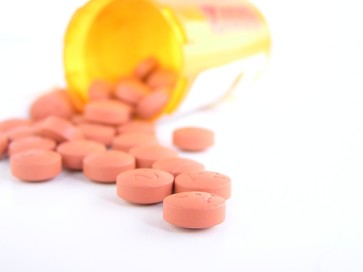|
Studies have shown that substance abuse is more common among low-income individuals. In the United States, an individual is considered low-income when he/she cannot cover their basic needs or struggles. Data show that, the rate of substance use is twice as high for unemployed individuals when compared to employed individuals. Factors such as not being able to afford a home, food, or necessities can be overwhelming, leading people to seek comfort in drugs or alcohol as temporary relief. Low-income adults often lack social support, which is crucial to the recovery process. An addiction, especially one involving substance abuse, can cost half of an individual's income at the poverty level. A person with substance use disorder may neglect bills to cover the cost of drugs or alcohol, resulting in missed payments and overwhelming debt, compounding the situation.
For low-income Americans, substance abuse can have a snowball effect, and treatment may not be an option due to cost. State and local government programs can provide public assistance to low-income Americans with substance abuse. Indiana 211 is a free and confidential service that helps connect Hoosiers to different resources related to health care, mental health, addiction, housing, and other services. These services are available 24/7, you can contact them by dialing 211 (866-211-9966). The Substance Abuse and Mental Health Services Administration national helpline is open 24/7 to assist people in finding treatment even if they are not insured.
 On Sept. 27, the US Drug Enforcement Administration (DEA) issued for the first time in six years a public safety alert. The notification was about the increased lethality and availability of fentanyl and methamphetamine in counterfeit prescription pills. About 9.5 million pills were seized this year, more than the two previous years combined. DEA Administrator Anne Milgram stated that two out of five counterfeit pills contain the lethal dose of fentanyl, 2 milligrams.
These pills, which are meant to resemble approved pharmaceutical medications, are sold on social media and e-commerce platforms in every state. These illegal drugs can look like prescription medications, such as Xanax, Vicodin, Percocet or Oxycontin.
The DEA clarifies that prescriptions by a licensed pharmacist are safe, and individuals should continue taking them as instructed by the medical professional.
The National Institute on Drug Abuse (NIDA) awarded a University of Michigan lab $13.2 million grant to develop effective interventions for drug abuse, HIV, and chronic conditions. The research focuses on developing methods to accelerate the inclusion and implementation of evidence-based services to communities with substance use disorders. Their goal is to integrate human and digital care in prevention and treatment services and optimize smart devices to deliver real-time interventions to an individual's daily life.
The center's Dissemination and Training Core (DTC) will offer training activities and develop user-friendly software resources to allow scientists to design their trials and perform their data analyses to optimize the opportunity for novel research methods.
More recently, the substance abuse crisis in the United States has seen increased overdose deaths due to polysubstance use and synthetic compounds. Recently the use of xylazine, an animal tranquilizer, has been detected in higher rates in illicitly-manufactured-fentanyl. Initially, this drug was seen as an additive in unregulated drugs in Puerto Rico. In 2019, the Centers for Disease Control and Prevention (CDC) detected xylazine in 25 of 38 states recently examined for substance overdose deaths. Of the cases examined, in 64.3%, xylazine was determined as the cause of overdose death, and for other 925 cases, it was detected but not noted as a contributor to overdose death.
In a study including data from all four U.S. regions, xylazine was involved in 6.7% of overdose deaths, an increase from 0.36% in 2015. Philadelphia, the area with the highest prevalence of xylazine use, showed 25.8% of overdose deaths included the presence of xylazine. Maryland and Connecticut followed with 19.3% and 10.2% of overdose deaths involving xylazine.
The CDC states that cases of xylazine-involved overdoses may be higher due to the potentially missed detection of the drug.
|